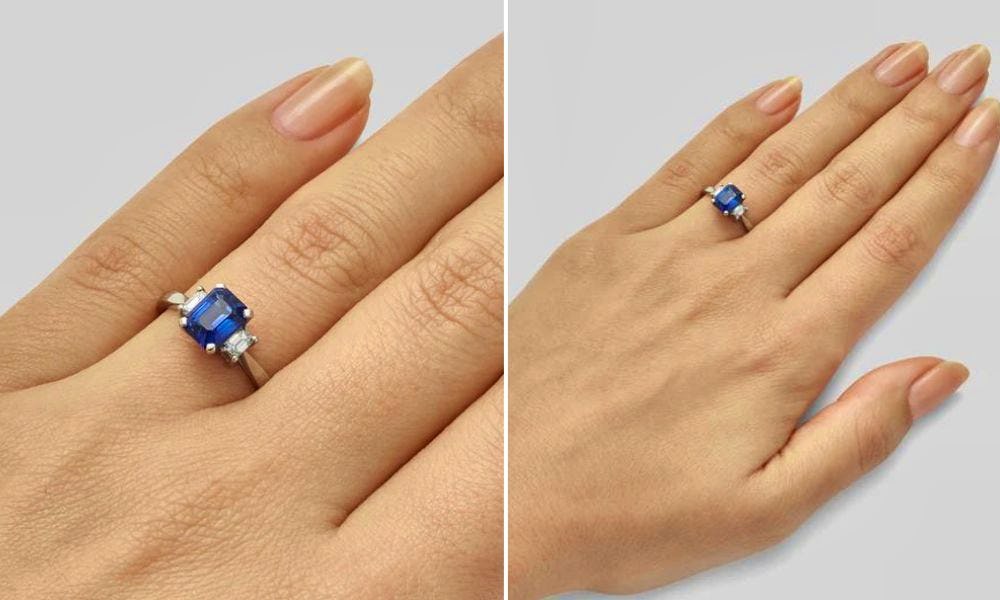Whenever I go out on a photo shoot I love to include as much colour and as bold as possible. Colour is more important to our worlds than we think and is often taken for granted. Although monochrome photos are great, there is more to colour photography than we think. A few techniques learnt will add a dramatic dimension to your images.
As with all photography you must always think before you shoot an image. Take the time to ponder the scene and work out what works in the composition. Look at what colours are available and where they are, how much colour to include and how to use it. By applying a few simple techniques you images will be admired and result in great satisfaction for you.
1. Using a single colour
This is a great technique for a bold photograph. By isolating a colour or at the very least making it the dominating colour you create images that are bold and dramatic. Key to this is finding objects or scenes that have just one colour yet make an effective composition. Get in closer to the subjects isolating from their surroundings and making the colour the focal point.
2. Watch the light
When shooting in colour just a subtle light change can result in a very different image. A sudden change in cloud cover will enrich the colours and make them appear more saturated. When shooting in the morning or evening they will look warmer and when the sun is higher they will look cooler. Shooting in bright shade will also make them look richer. So always be aware of the light quality and get to know which times in the day give you the best results.
3. Colour saturation
This is how rich or deep the colours appear to be. Well saturated colours appear bright and make really colourful images, which is what you want to achieve on most occasions. To do this in camera is quite simple but you need to be careful not to overdo it. By using your aperture compensation usually denoted by the Ev setting on you camera, you can very slightly underexpose the photo by a third to half a stop. This will increase your saturation. Too much though will make the final image dark and muddy. With digital photography you can also adjust the saturation using the slider in Photoshop.
4. Contrasting colours
By getting to know your colour wheel and where the various colours are situated you will see that colours opposite each other are contrasting. When you create a colourful photo, look for colours that are next to each other in the scene that contrast. Be careful that one doesn’t dominate the other so shoot in strong light. You want the colours to capture the attention like a bright red subject on a bright green background.
5. Complimentary colours
These colours make each other look good. They lie alongside each other on the colour wheel and in a way harmonize. This type of image is very easy on the eye as you will see in a green scene with a strong yellow subject. Try finding different shades of the same colour which is basically the dominant colour mixing with the colour next to it.
6. Colours that clash
These should never be used together, or so the rules say. But, we all like to break the rules so try it out and see if it works. On some occasions they will and a stunning image may result. Experimenting will always bring surprises so don’t be afraid to try.
The world of colour is a top source of fantastic images and if you use it as you learn digital photography you will create great images. Don’t be afraid to try new ideas. Break out of the traditional mould and find out what works for you.




More Stories
Star Wrist Tattoos – Avoid These Dumb Mistakes If You Want a Killer Design!
Learn Digital Photography – Learning Creative Photography
Armband Tattoo Tribal Designs – Why Isn’t the Armband Circle Closed?